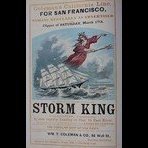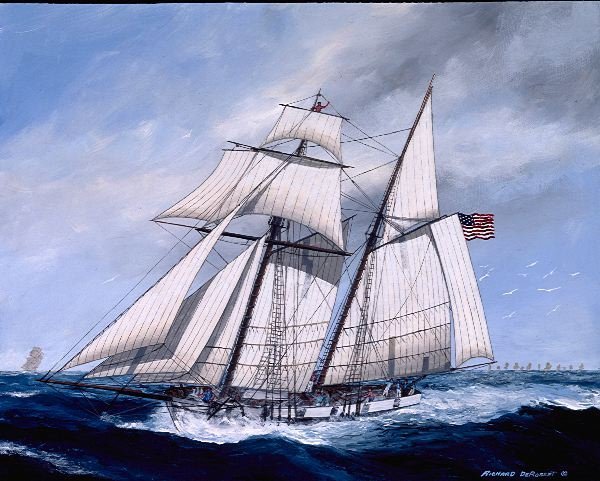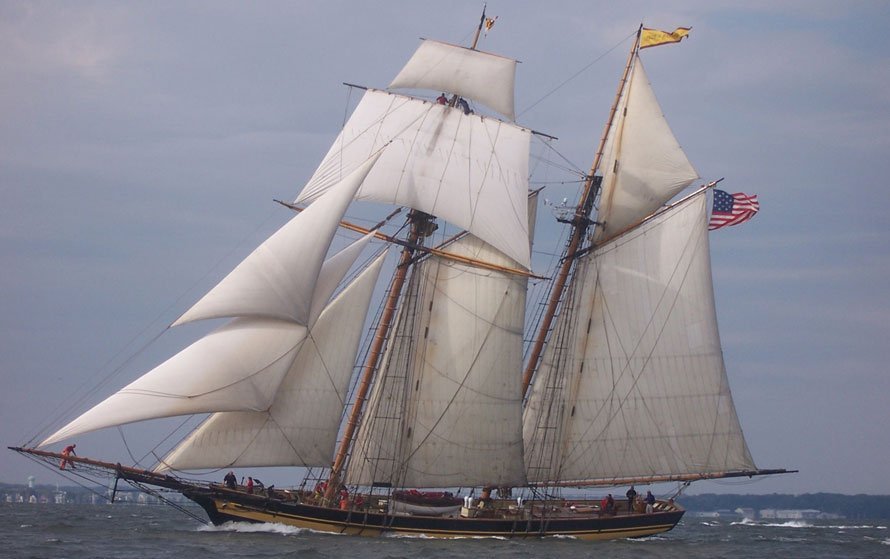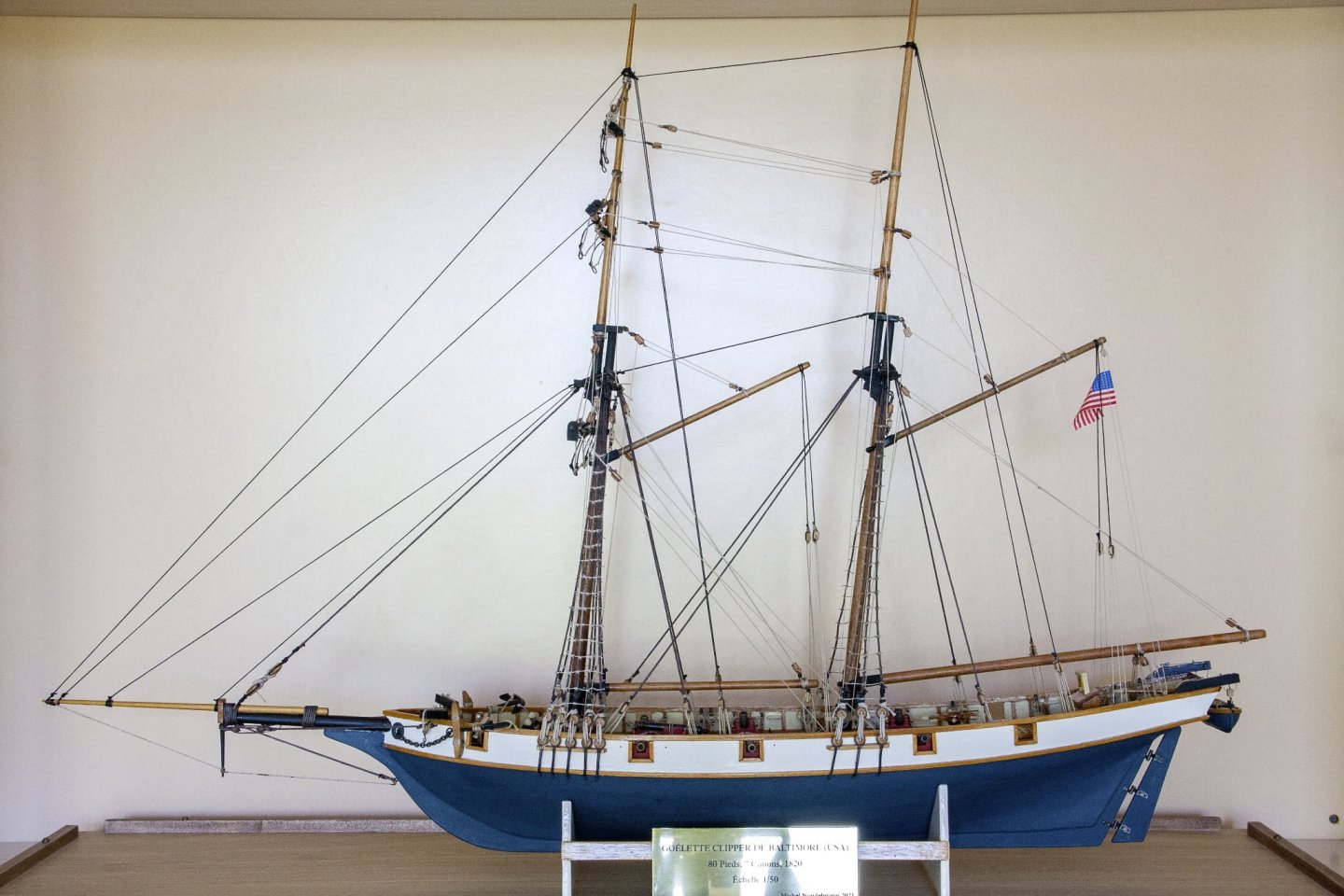-
Posts
82 -
Joined
-
Last visited
Profile Information
-
Gender
Male
-
Location
Paris France
Recent Profile Visitors
The recent visitors block is disabled and is not being shown to other users.
-
 mtaylor reacted to a post in a topic:
Seamen in shrouds
mtaylor reacted to a post in a topic:
Seamen in shrouds
-
 allanyed reacted to a post in a topic:
Boathook history
allanyed reacted to a post in a topic:
Boathook history
-
 mtaylor reacted to a post in a topic:
Boathook history
mtaylor reacted to a post in a topic:
Boathook history
-
 EricWilliamMarshall reacted to a post in a topic:
Sails making process
EricWilliamMarshall reacted to a post in a topic:
Sails making process
-
 EricWilliamMarshall reacted to a post in a topic:
Sails making process
EricWilliamMarshall reacted to a post in a topic:
Sails making process
-
 thibaultron reacted to a post in a topic:
Sails making process
thibaultron reacted to a post in a topic:
Sails making process
-
 thibaultron reacted to a post in a topic:
Sails making process
thibaultron reacted to a post in a topic:
Sails making process
-
 mtaylor reacted to a post in a topic:
Sails making process
mtaylor reacted to a post in a topic:
Sails making process
-
Ça va bien , merci ! Thanks for data about boltropes size. I wonder what was the width of seams ? I have read one inch and also two inches ? What advices would you give to a beginner who puts into practice Antscherl process for the first time ? I plan to start my task with the Flying Jib which seems more easy to make than square sails. As my American Baltimore schooner kit don't really include sails drawing, do you know the specificities to observe for that jib ( for exemple ratio between sides...) ? On the other hand, on the attached pictures, we saw the Flying jib placed at the bottom of the stay for one and placed in the middle of the stay for the other. Do you know why ? Mike
-
 mtaylor reacted to a post in a topic:
Sails making process
mtaylor reacted to a post in a topic:
Sails making process
-
Hi Allen, I have read your Boothbay 65 Schooner text. I find it very interesting. I believe to understand that what you call "plug" is what Antscherl call "insert". Is it right ? About 1820-1850, what was the width of each sail canvas strip on American schooners. In others words, what was the distance between two seams ? Mike
-
 thibaultron reacted to a post in a topic:
Sails making process
thibaultron reacted to a post in a topic:
Sails making process
-
I think I understood that during some phases of Antscherl process, the "insert" must be in its place and during other phases it must be pulled out. Do you validate this statement ? In the affirmative, can you tell which are the phases durign which the insert must be pulled out ? On the other hand, with a scale of 1/50, using silkspan for making sails, what should be the thread diameter employed for boltrope ? In advance thank you Mike
-
Thanks to you, little by little I am progressing in sail making... In real world, I wonder what was the ratio between the sail canvas thickness ant the boltrope diameter ? And I wonder if Jibs had or not boltrope on the 3 sides ? About the frame making, I have difficulties to understand why the empty volume inside the frame is filled by an element called "insert", you might as well use a board . Mike
-
Thank you for the answers. In regards to sails colour, the schooner I have built is an American Baltimore 1820 schooner. Does this information determine precisely a colour shade, rather white, rather straw, rather umber ? I own the little book writen by Antscherl about sail making and some points are not clear for me : - Which material is used for the "insert" which support the silkspan in the frame ? - I am astonished to use white paint to imitate the seams, I would rather have used a dark shade... - Maybe I don't translate well, by I do not understand very well how are the boltropes tied to the sail. On this subject, I would like to know what you think of the method presented in the following video : https://www.lauckstreetshipyard.com/post/2017/05/12/making-silkspan-sails ? Waiting to read you Mike
-
I plan to make a test of making a sail. I have choosen silkspan as material and to start, several questions come to mind about the process : - Is it essential to use a wood frame to work on the silkspan sample ? - How to obtain the right color to favor realism of the sails (US schooner 1820), it was certainly not white, which are the colors to mix ? - Is it the right method to refold the edges of the sail on a rope to strengthen them and thus create head, tack and clew eyes ? I thank you for the advices Mike
-
I thank you for your advices. Finally I have ordered some Amati crew figures (h = 32mm) and I ask myself how to stabilize and fix them on the desk. Have you an idea on this subject ? May be is it necessary to use a little rod inserted in desk and figure both ? I take this message to thank all Model Ship World members who have given to me advices and so have helped me to build a Baltimore Schooner. Being a neophyte, I could not have built this model without their patience and kindness. I am very grateful to them. Mike from France
-
I have bought the Sail making Seawatch book and finally i have found in France a product called "Papier Japon" on this website : https://www.cmbmodelisme.fr/boutique/fp1883/PAPIER,JAPON,BLANC,19g,m².html which is used usually for light modelplane canvas covering. Mike
-
Allanyed, Does the Seawatch Book you cite provide informations about tissue-paper choice (brand, weight, color...) ? Mike
-
Yes, i have discover this process in this post : Cutty Sark by Bruma - Revell - 1:96 tea race clipper 1:96 cutty sark model revell cutty sark Plastic kit By Bruma, August 12, 2020 in - Kit build logs for subjects built from 1851 - 1900 and i think that it is a good idea. Hence my question about the metallic rod diameter. Mike
-
Concerning the metallic rods which surround the sails, I believe that their role is very important to keep the shape memory. For brass, by example, what is the good rod's diameter to supply the necessary stiffness to the whole sail (0,4 mm) ? Mike
About us
Modelshipworld - Advancing Ship Modeling through Research
SSL Secured
Your security is important for us so this Website is SSL-Secured
NRG Mailing Address
Nautical Research Guild
237 South Lincoln Street
Westmont IL, 60559-1917
Model Ship World ® and the MSW logo are Registered Trademarks, and belong to the Nautical Research Guild (United States Patent and Trademark Office: No. 6,929,264 & No. 6,929,274, registered Dec. 20, 2022)
Helpful Links
About the NRG
If you enjoy building ship models that are historically accurate as well as beautiful, then The Nautical Research Guild (NRG) is just right for you.
The Guild is a non-profit educational organization whose mission is to “Advance Ship Modeling Through Research”. We provide support to our members in their efforts to raise the quality of their model ships.
The Nautical Research Guild has published our world-renowned quarterly magazine, The Nautical Research Journal, since 1955. The pages of the Journal are full of articles by accomplished ship modelers who show you how they create those exquisite details on their models, and by maritime historians who show you the correct details to build. The Journal is available in both print and digital editions. Go to the NRG web site (www.thenrg.org) to download a complimentary digital copy of the Journal. The NRG also publishes plan sets, books and compilations of back issues of the Journal and the former Ships in Scale and Model Ship Builder magazines.






